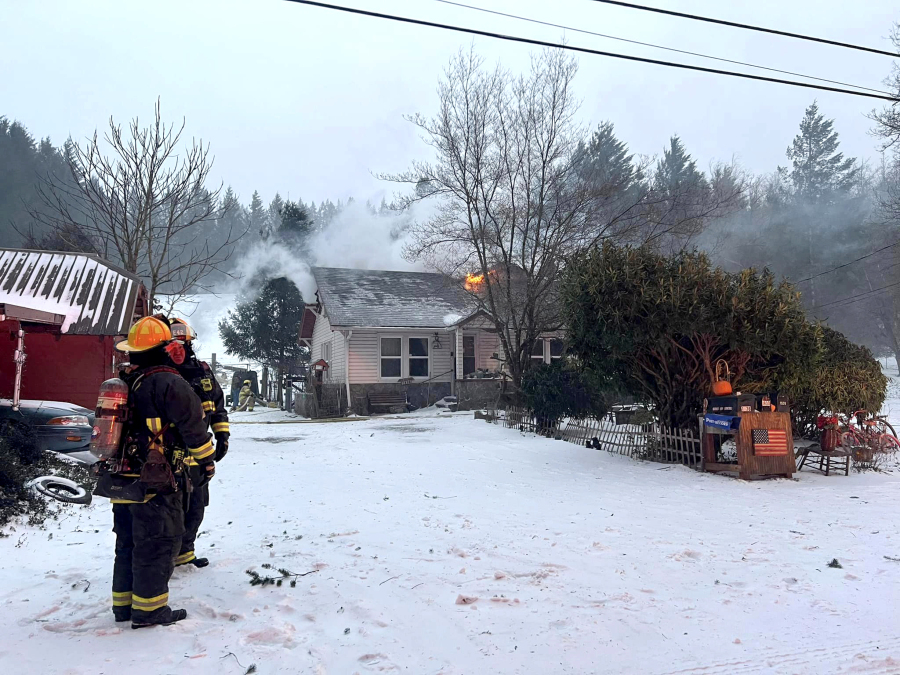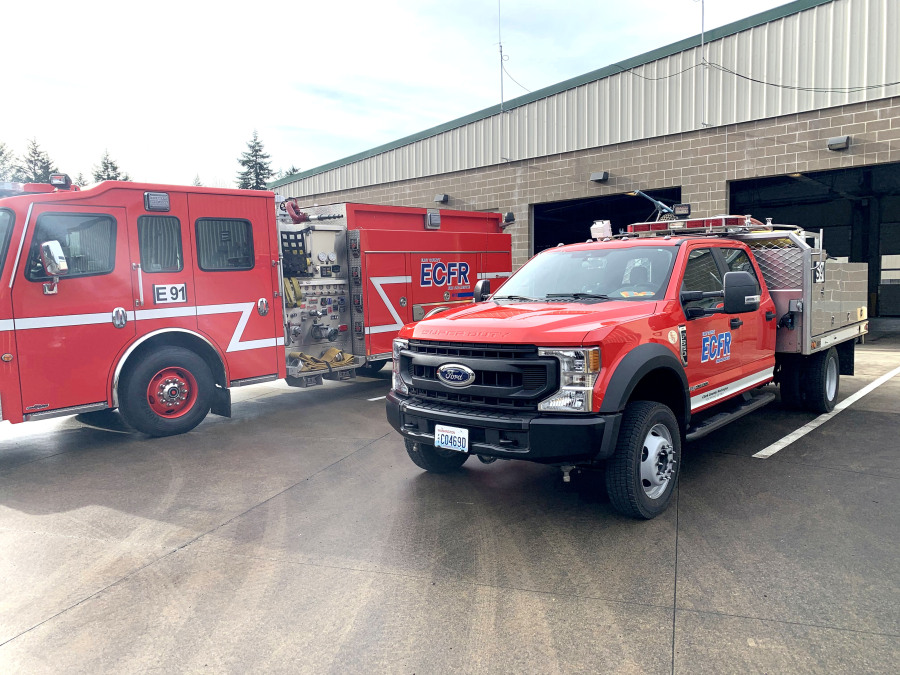Hartin is also “wrestling with the challenge” of upgrading the station’s vehicles, many of which are approaching the end of their usable lives. None of the district’s water tenders, which are used to transport water to fires, and only one of the district’s three fire engines passed their annual performance reviews in 2023, and will require repair and ongoing maintenance to remain in service, according to Hartin.
“We just recently ordered a new structural fire engine, but it won’t be here for 500 days because it takes a lot of time to build them,” Hartin said. “That will help, but we still have another engine and water tender that are in need of replacement. We’re hoping that we can order those in 2025, and again, there’s that 500-day build time. When we look at our support vehicle fleet, the SUV that I drive has 113,000 miles on it, and we have a couple others — the assistant chief’s vehicle and another staff vehicle — that are kind of the same sort of vintage and mileage. We’re investing in maintaining those (vehicles) and trying to stretch those out as far as we can, but if we don’t start moving on this in the next couple of years, it’ll be a bit more of a challenge.”
The district failed to sufficiently plan for apparatus replacements in the past, according to Hartin.
“One of the first projects that I took on after I became the fire chief here was developing a long-term financial plan that looked at about 10 years (into the future) and said, ‘What does this look like?’ Part of that was identifying a capital projects replacement schedule,” Hartin said. “So we say, ‘OK, we have fire engines, they last about 20 years. We have some light apparatus, they last about 15 years. How does that work? How much money should we have put away?’ While we did have … over $1 million dollars put away into reserves, it was woefully inadequate when we looked at what we ought to have put away if we wanted to pay cash for replacement when things were due to be replaced, so we’re trying to play catch-up on that.”
At the root of these issues is the district’s financial model, which is not allowing revenues to keep up with increasing demand for services, according to Hartin.



